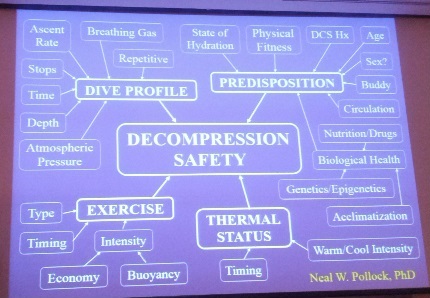Different profiles.
The nedu ascent schedules were the same length but with different stop distributions. One shallower and one deeper.
My example is two ascent schedules with the same length, one shallower and one deeper.
The point is to show that the nedu test is absolutely relevant and does test "deep stops".
No, you showed us, a model profile, vs a fudged extended fitted to my desire profile. Not the same thing. The fudged up, fitted to my desires today profile, is not a model profile.
Same length - coincidence. Did they all finish at the surface too?
Nedu deep stops ?? These are the imaginary ones, that don't actually exist?? A2 has a first stop: 12 minutes long.... sounds like a shallow stop to me..
Last edited:





